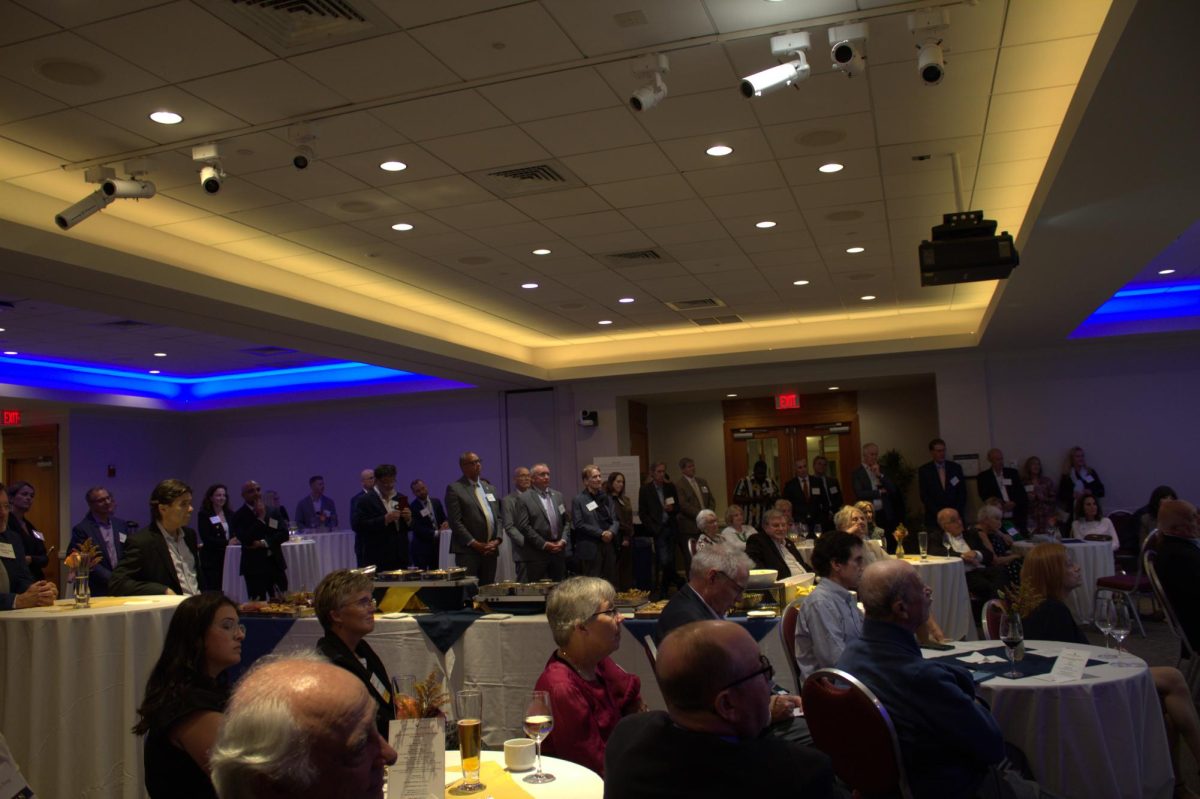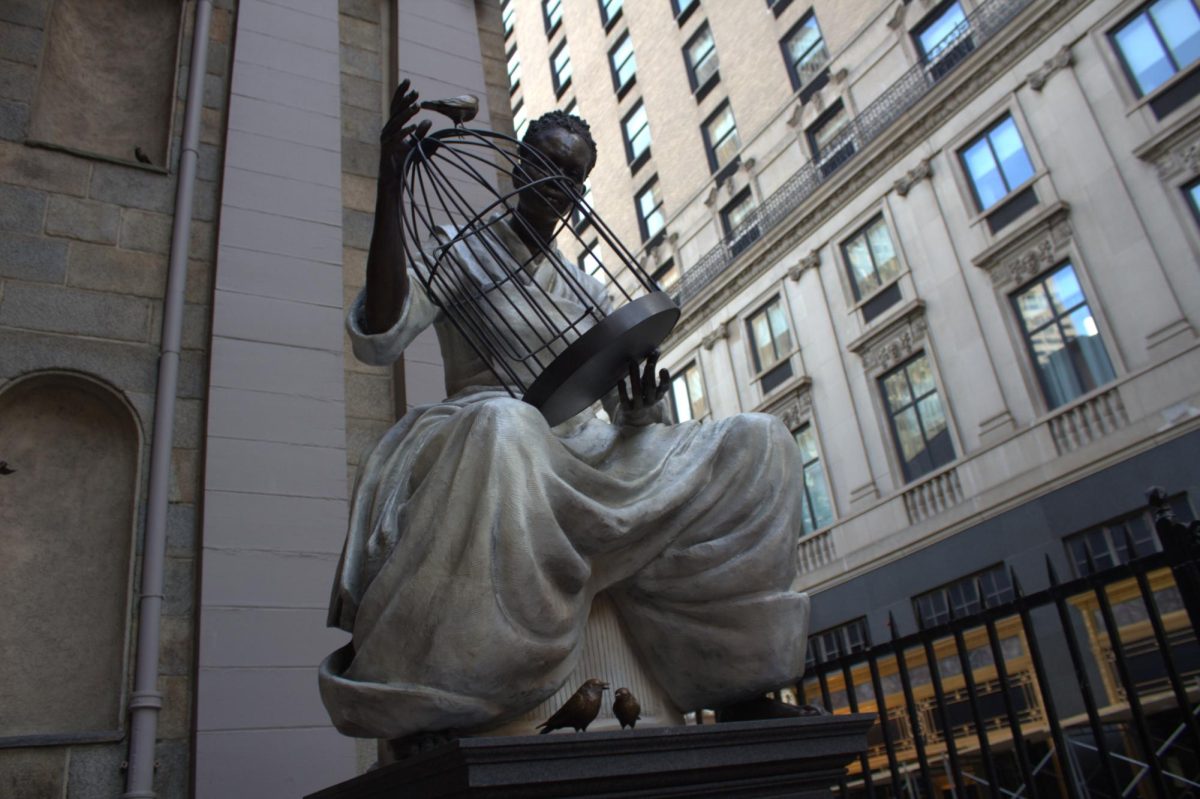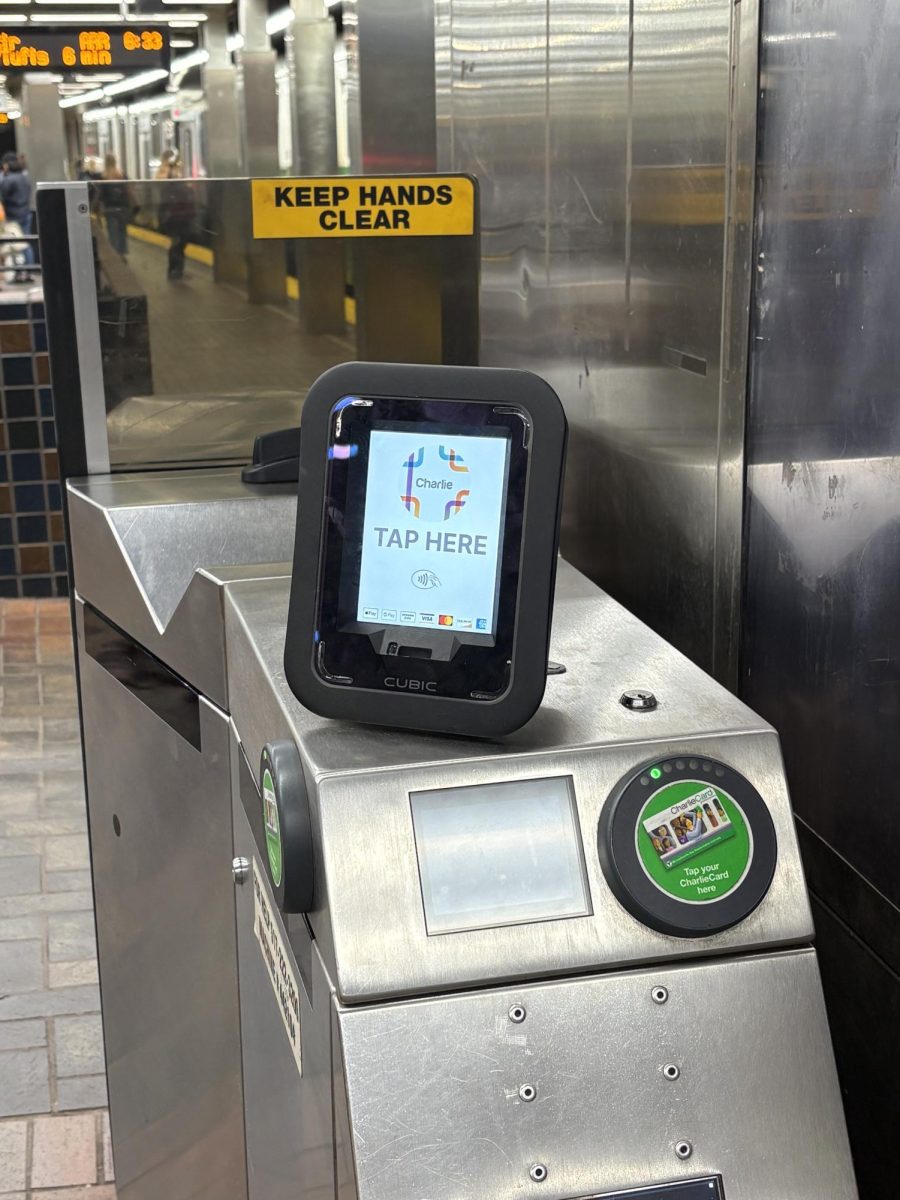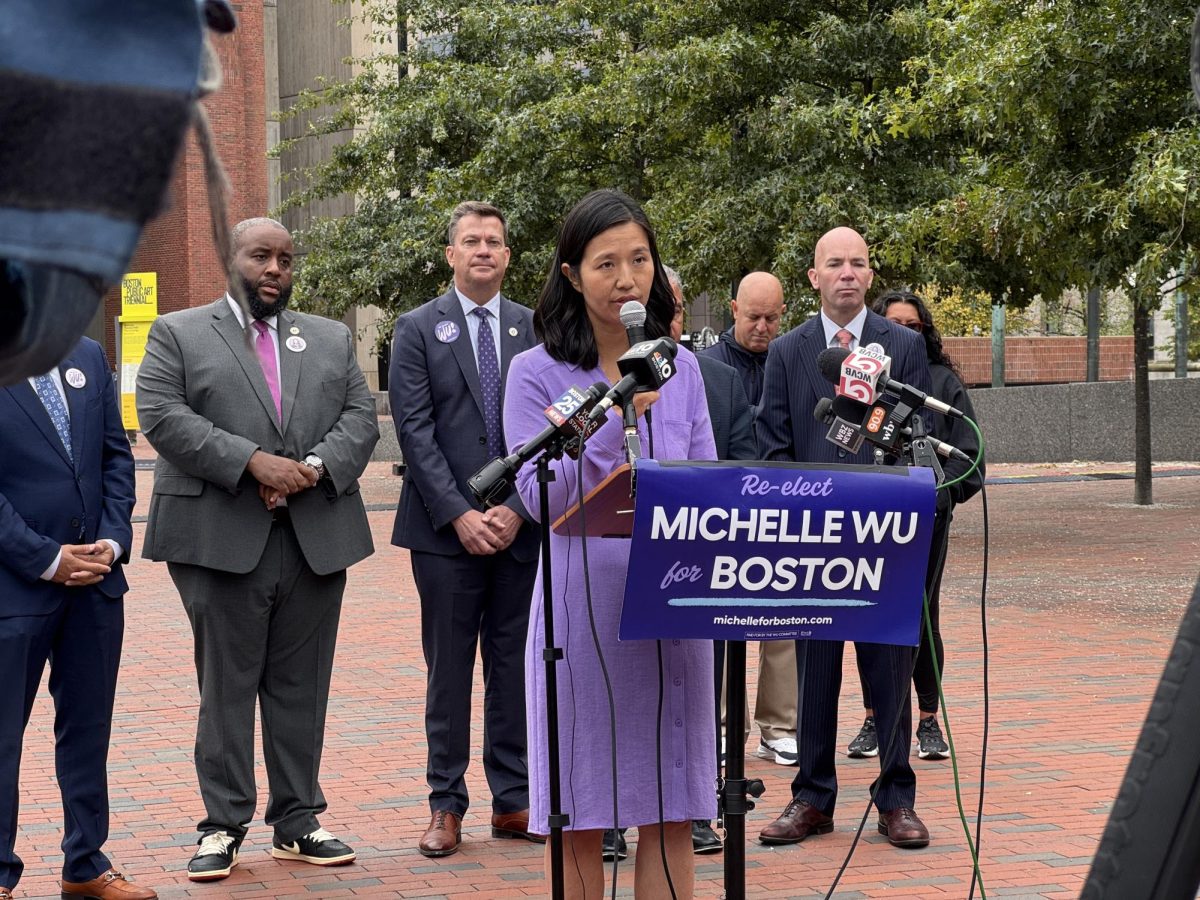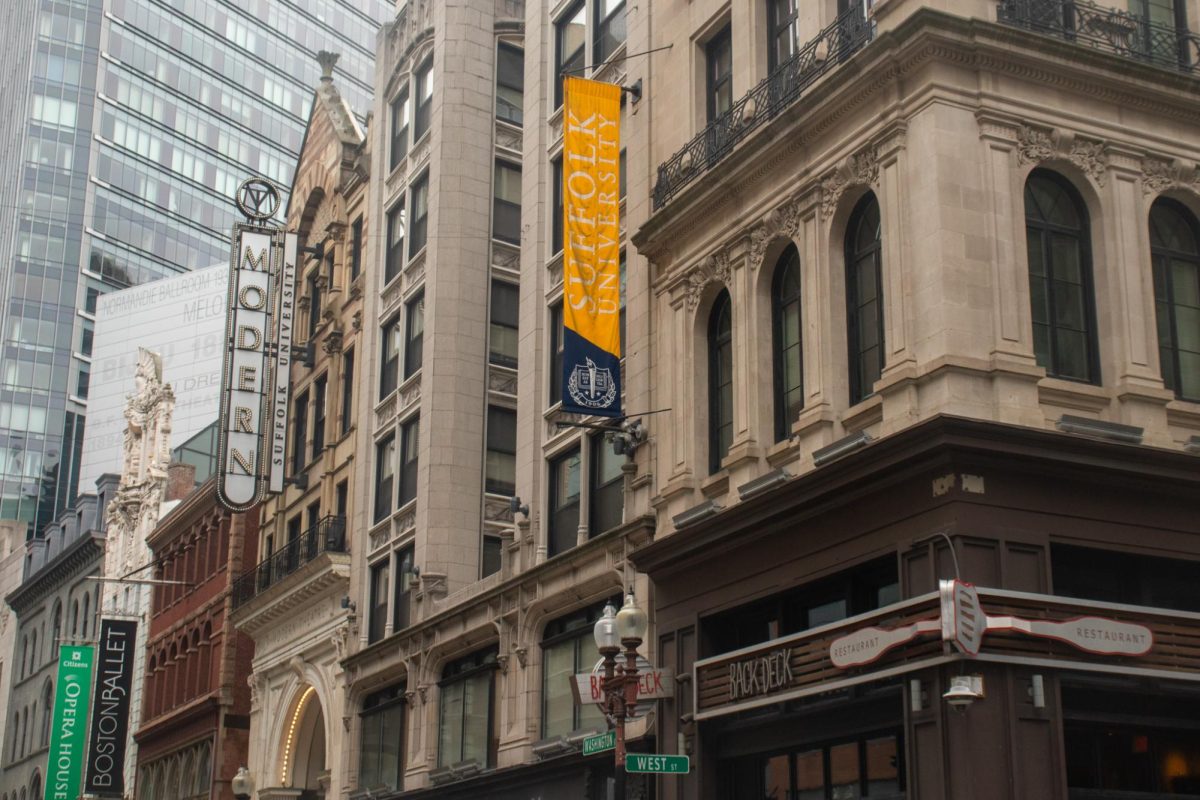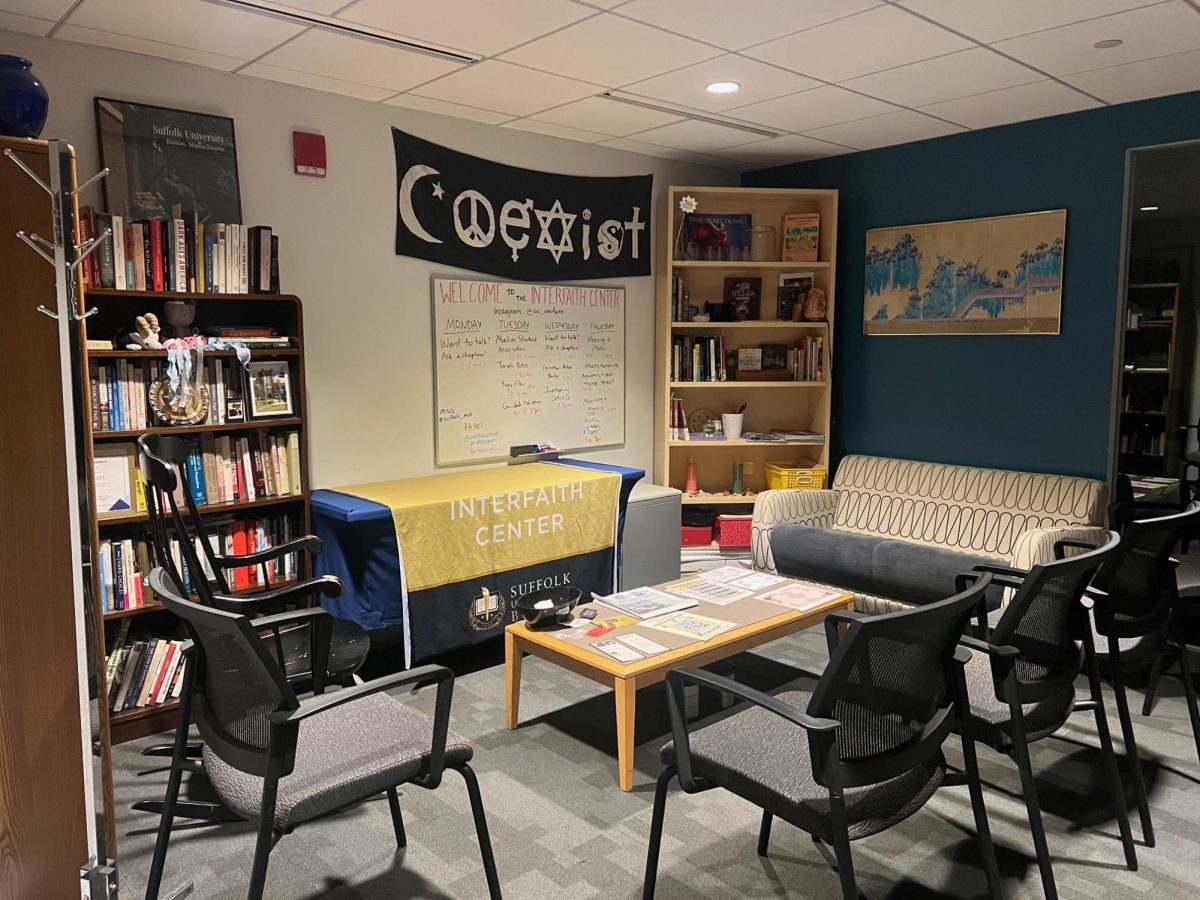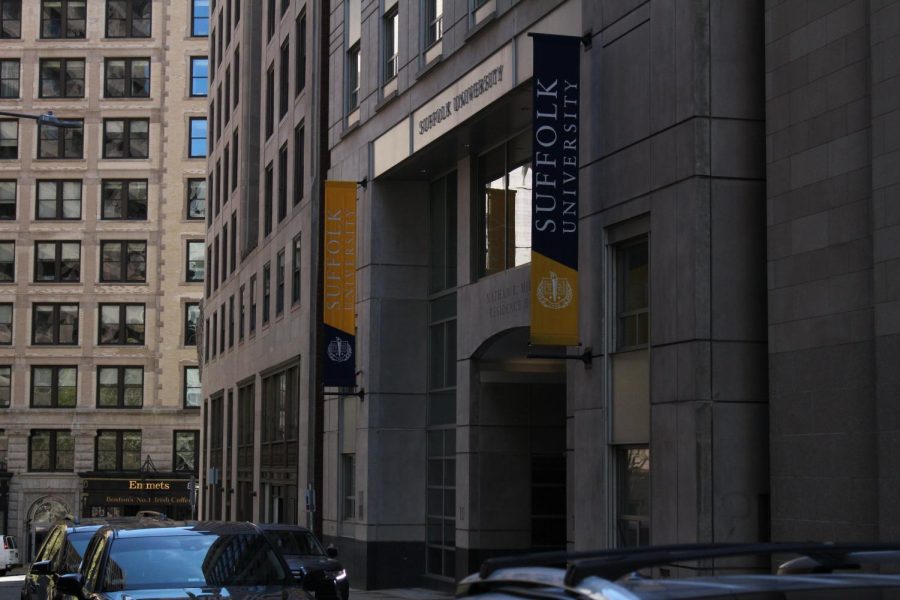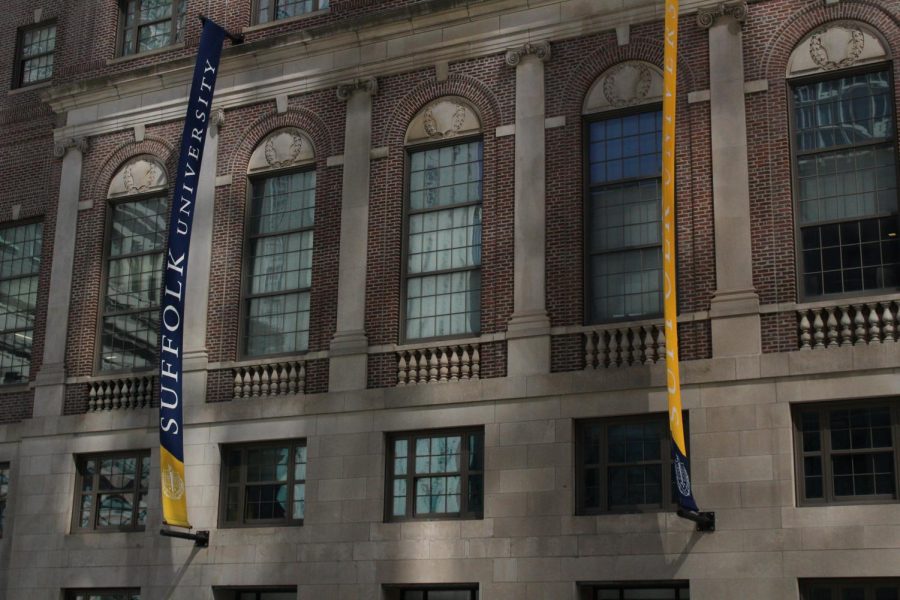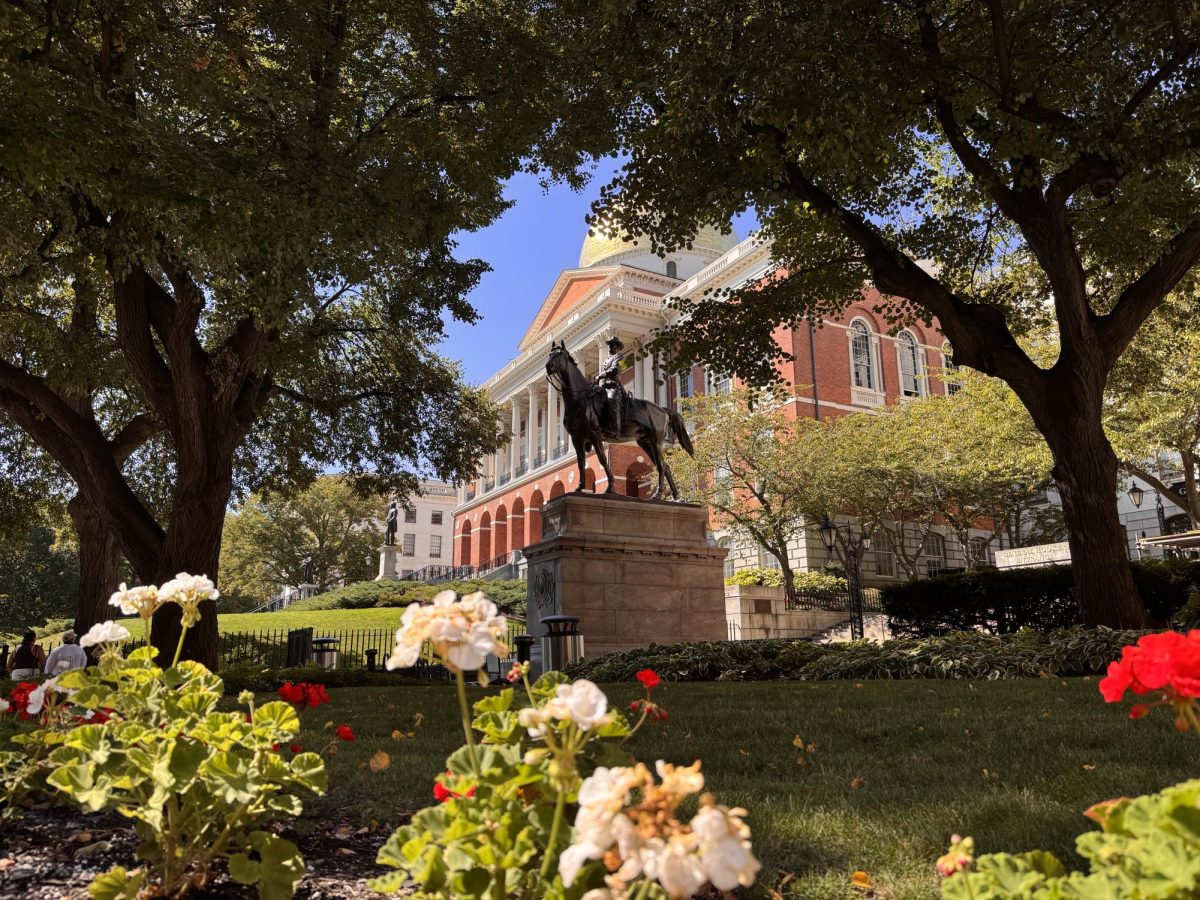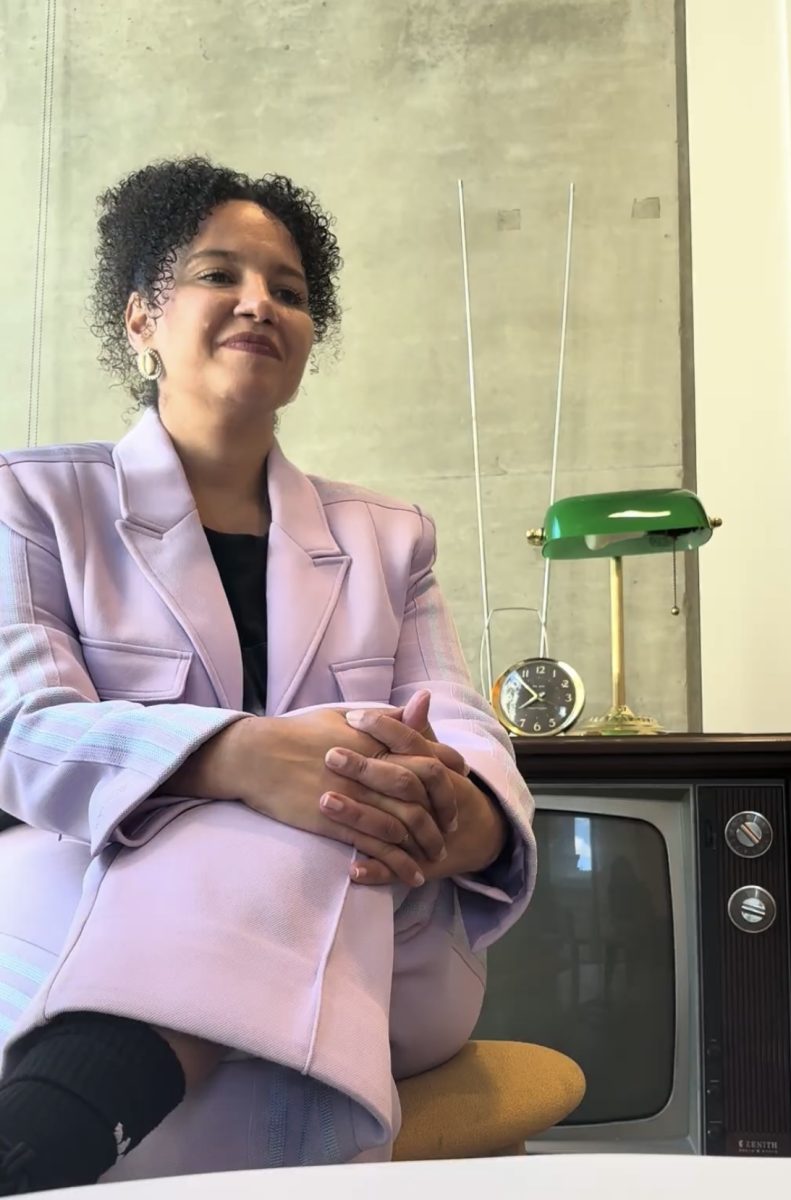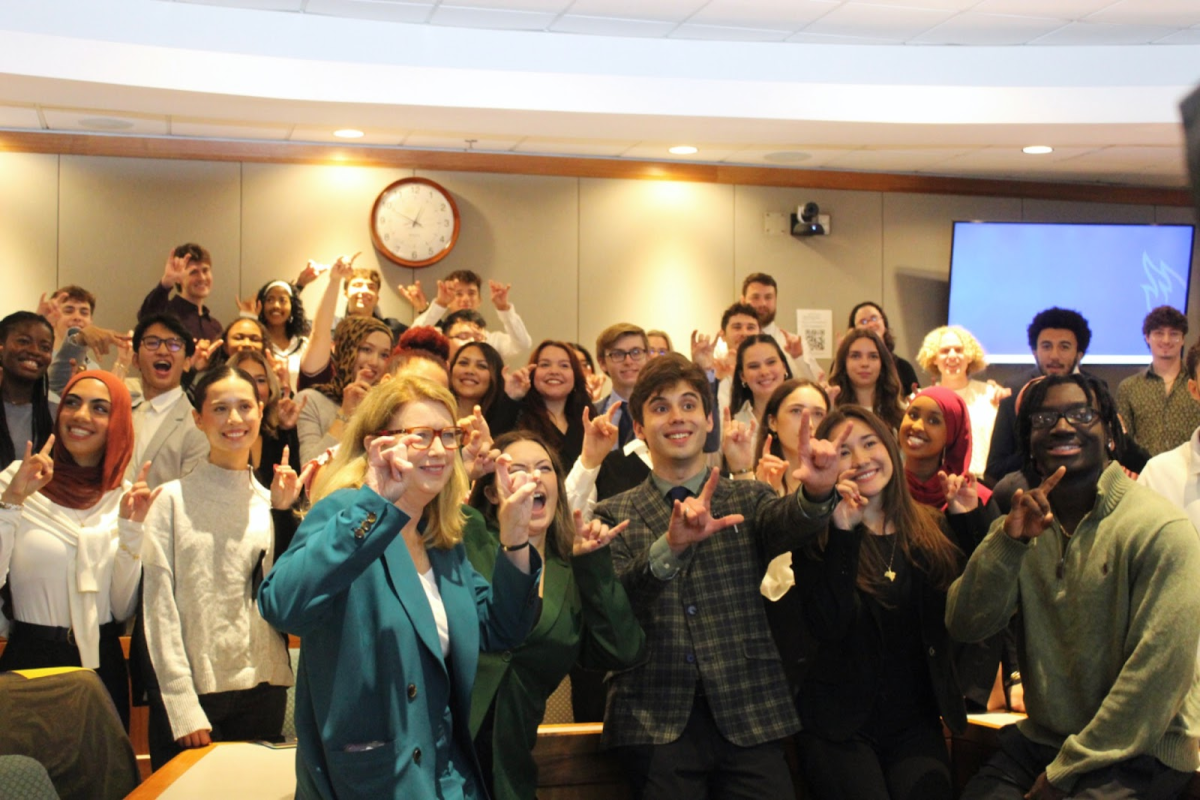Pill-popping epidemic spreads to Suffolk
Article by: Jennifer Orr
Pill-popping epidemic spreads to Suffolk
Finals are approaching on college campuses nationwide, and cram time for some constitutes the need for speed, literally. In the past decade, the illicit use of prescription stimulants has been on the rise among college students, and in the past five years, one drug seems to have grown more prevalent—Adderall.
Adderall is an amphetamine-dextroamphetamine combination prescribed to patients with ADD/ADHD, and although it now is the most commonly prescribed medication for the disorders in the United States (Adderall XR, to be specific), there have been no studies to specifically assess the relationship between available prescription stimulants and their illicit use. There is a possibility that increased availability of Adderall has resulted in increased illicit use, but extensive testing must be done before this statement can be valid.
A 2006 study conducted by the Northeastern University School of Pharmacy – believed to be the first of its kind to address amphetamine-dextroamphetamine drugs rather than methylphenidate drugs (Ritalin) – concluded that amphetamine-dextroamphetamines like Adderall are clearly the most prevalent stimulant drugs illicitly used by college students, at rates three times higher than methylphenidate formulations like Ritalin.
And in a recent Facebook-linked survey, 67 students enrolled in colleges throughout the Northeast furthered the findings in the Northeastern study, with 91percent of respondents stating that Adderall was more commonly used than Ritalin.
All students who answered the survey were ensured anonymity, and with that guarantee came honest responses, with 58 percent of participants stating that they have used Adderall illicitly at least once in their lifetimes.
“It’s definitely something you hear about,” said Ray, a senior at Suffolk University. “I’d say about 80 percent of the people I know have used it at some point in time.”
The majority of students who admitted to illicitly using Adderall claimed that they only used it during finals or when work unexpectedly piled up.
“I don’t know people who do it regularly,” said John, a freshman at Suffolk. “But I do know people who do it when it’s crunch time of if they’re desperate.”
“It’s not something you do for recreation,” added Ray. “ It’s something you use as a tool to help you write a paper or read the 200 pages you have to read because it’s so easy today to get sidetracked. So really sometimes you need that extra boost of concentration.”
As for motives for use, 65 percent of students believed that their demographic used Adderall to help them study. This differs with the Northeastern University School of Pharmacy study, which found that students’ top motive for using the stimulant was to help with concentration (65.2 percent). 59.8 percent used it to help study and 47.5 percent used it to increase alertness.
All but nine participants in the Facebook-linked survey claimed that they hear casual talk about Adderall on campus (six students did not answer). When asked about the difficulty in obtaining non-prescribed pills, 32 percent claimed the task was very easy; 42 percent said it was somewhat easy, but took effort; 23 percent believed it was a hit-or-miss kind of deal; and 3 percent said it was fairly difficult, but obtainable in the end. No students replied that obtaining Adderall was very difficult.
“I think the whole Adderall thing is just… it’s a crazy little world,” John claimed. “You can get it anywhere, really, if you know the right people.”
The “right people” that John speaks of are fellow students with prescriptions, and everybody seems to know somebody with one. As of 2008, 5 million children in the U.S. ages three to 17 were diagnosed with ADD/ADHD at some point in life, according to the National Center for Health Statistics.
The result: a generation of medicated kids. Statistically speaking, two out of every 30 children in an elementary level classrooms have an ADD/ADHD diagnosis. Now transfer those numbers to a university lecture hall of 200 young adults dealing with stress and peer pressure, among other things.
“I’d say about five to 10 percent of the prescriptions we fill are for Adderall,” said Gabrielle Schwab, a nursing student at Trocaire College and an employee of Walgreens Pharmacy in Buffalo, NY. “That’s a lot coming from one small Walgreens in Buffalo.”
And getting somebody to write those prescriptions now seems easier than ever. As the practice of “doctor shopping” grows in popularity, so too does the possibility of acquiring a prescription. And with an Adderall prescription comes power, popularity, and profit; at least if you’re in college.
“I think when people find a business in it where they can obtain the drug and sell it for money… there must be some kind of loophole in the medical system where they can make up a story and get Adderall and abuse the system,” said Nick, a Suffolk freshman. “The only solution is go straight to the source, which is the medical field.”
For privacy purposes, only the first names of those interviewed were included. Make sure to read next week’s issue for part two.


